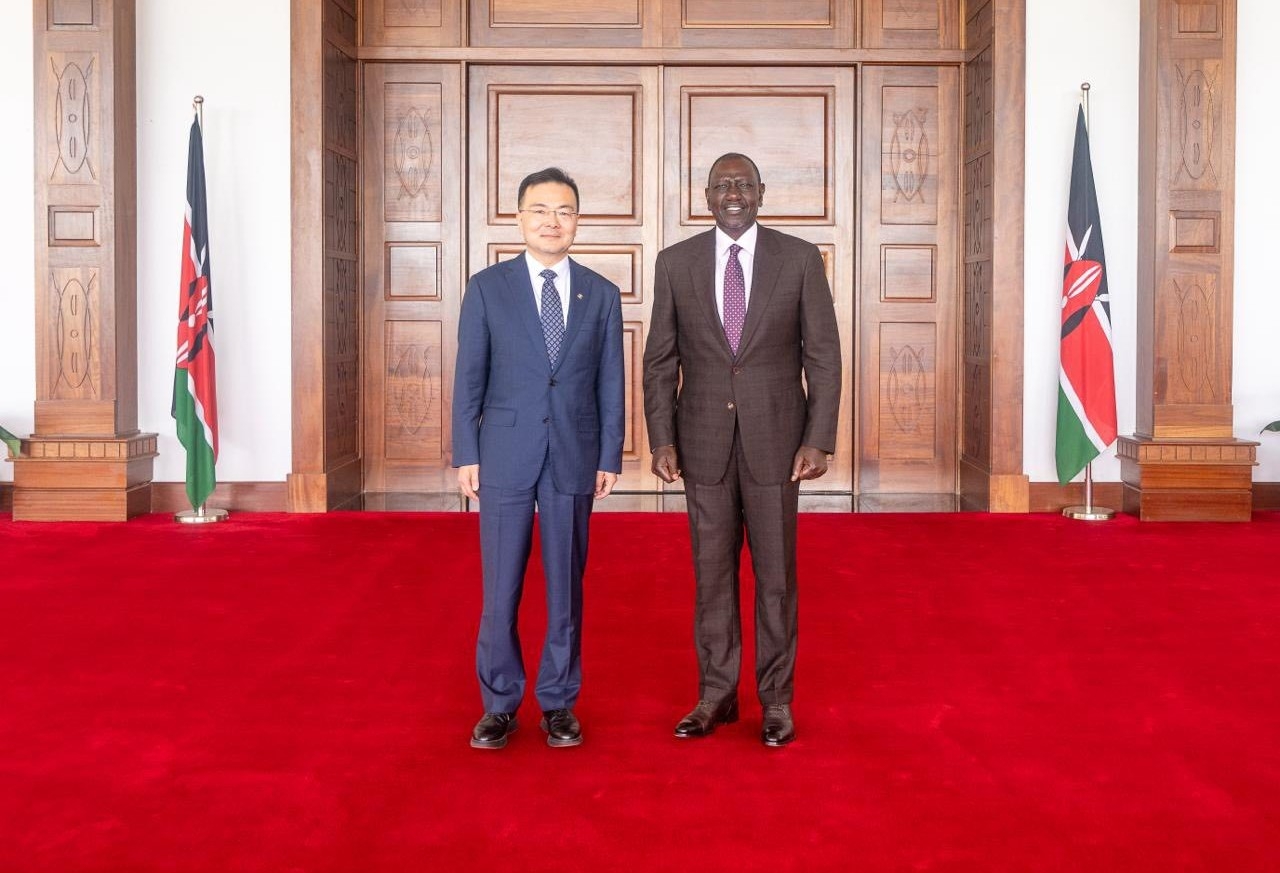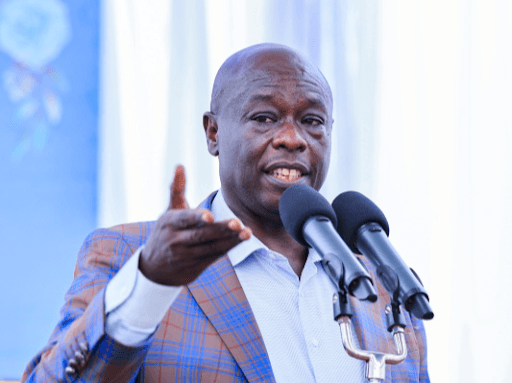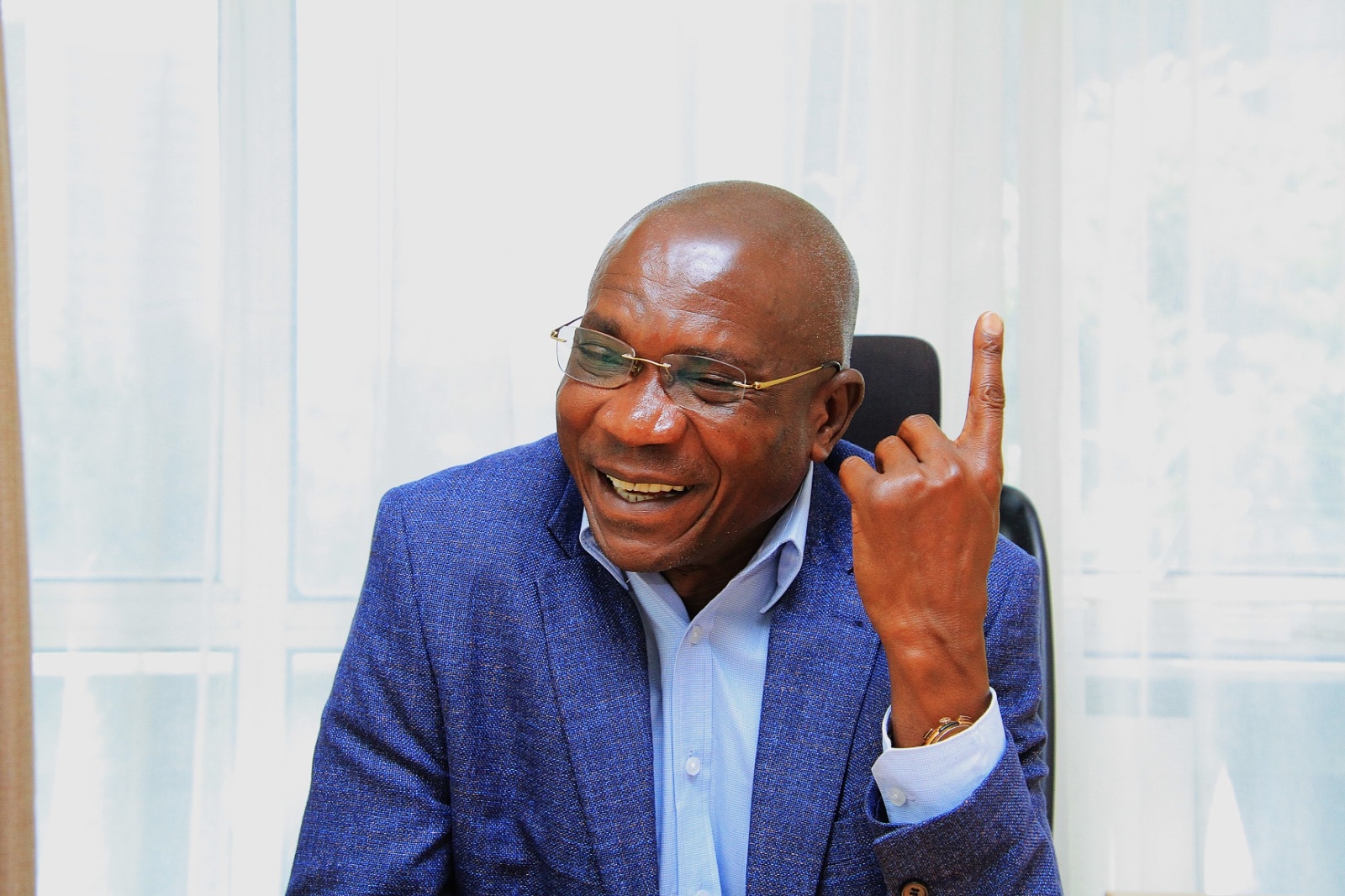The King Fahd Hospital is the largest and only Level 5 referral facility in Lamu, its name pays homage to Saudi King, Fahd.
Established in the 80s in Mkomani ward, a few meters from the Fisheries offices, the former Lamu District Hospital, handles hundreds of residents seeking medical attention.
The facility is the main reason why Lamu old town was listed by the United Nations Educational, Scientific and Cultural Organization as a world heritage site, two decades ago.
Its unique architectural design that bears lots of semblance to Saudi architecture was the reason why Unesco made the decision.
Lamu being one of the earliest seaports in East Africa remains one of the longest established and best-preserved settlements of the Swahili tradition in East Africa.
The National Museums of Kenya assistant director of antiquities, sites and monuments at the Coast, Athman Hussein says in 1984, the Kingdom of Saudi Arabia, through King Fahd bin Abdulaziz Al Saud awarded the people of Lamu, one million US dollars grant (Sh114,630,000).
The grant was for the construction of a hospital in Lamu, amongst other benefits to Kenya.
Under the leadership of president Daniel Moi, the project had initially been planned for implementation in Mokowe town on the mainland but was later relocated to Lamu island.
This followed a successful petition by the people of Lamu who were against the decision to have the hospital constructed on the mainland.
The residents said they will face challenges accessing the facility across the Indian Ocean.
The construction of the Lamu King Fahd Hospital was completed and opened in 1989.
The hospital was named in honour and appreciation of the Saudi ruler, Fahd owing to the generosity of his Kingdom to the people of Lamu and Kenya as a whole.
Fahd bin Abdulaziz Al Saud was king of Saudi Arabia from 1982 until his death in 2005.
Hussein said the naming of the facility after the Saudi king was approved by the then District Development Committee.
The DDC was the district decision-making body, as proposed by Lamu community and the Ministry of Foreign Affairs.
The official said the naming of the facility and its unique architectural design rhymes with all other Lamu old town buildings.
He said the name is significant to the subsequent listing of Lamu old town as a Unesco World Heritage site in 2001, 12 years after its completion.
“The King Fahd Hospital greatly influenced Unesco's decision. By the time plans to construct the facility were initiated way back in 1982, the Lamu old town was already under a conservation programme through an Act of Parliament,” Hussein said.
The curator said it’s in this respect that Nairobi and the Middle East were forced to approve the unique hospital building plan, that corresponded with the already ongoing conservation programme.
“That’s why the facility was built in a way that couldn’t jeopardise the historical building’s unique architectural plan in the old town. And this subsequently sped up the processes to have Lamu listed as a Unesco World Heritage Site,” he said.
Commenting on behalf of the hospital, Lamu Medical Services director, Abubakar Baasba said it was indeed the name ‘King Fahd’, that has actually partially propelled the hospital to its current status.
Baasba says the facility has progressively improved and now offers 24-hour services with the availability and the provision of specialised services.
“The financial support by the Saudi government in building this unique facility has borne fruits. Today, King Fahd has grown to become the county’s referral hospital.
"It offers specialised services, including dialysis, surgical operations, modern radiology services, ENT and ophthalmology,” he said.
Since it’s the major health facility in Lamu, the King Fahd Hospital serves the entire county’s population of 143,920 people.
The hospital is a constant reminder of the good relations between the people of Lamu and Saudis.
(Edited by Bilha Makokha)













